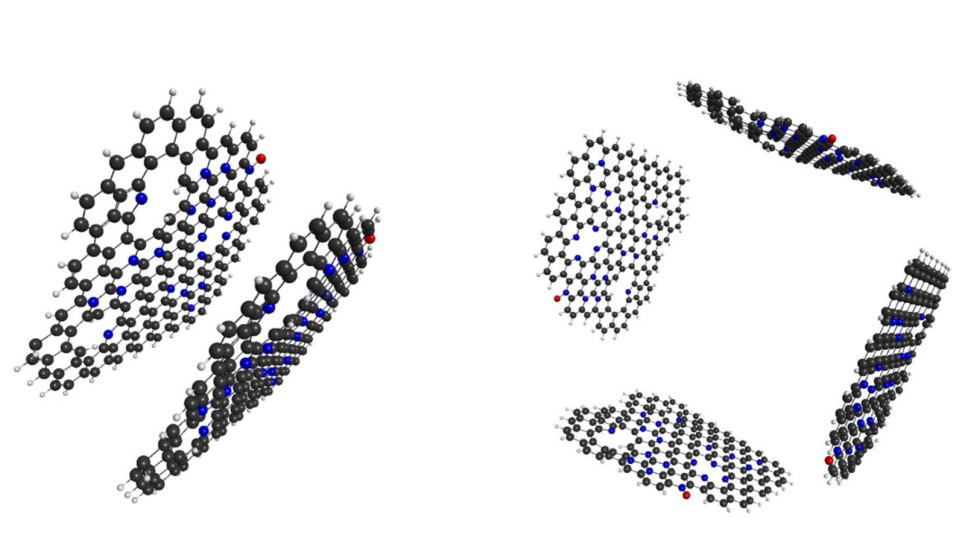
Potential Energy Surfaces for Simulating Complex Chemical Processes
Large-scale electronic structure theory provides potential energy surfaces and force fields for simulating complex chemical processes important for technology and biological chemistry. Addressing the challenge of obtaining accurate energies and stationary points for systems whose electronic structure has high multi-reference character, the researchers use multi-reference perturbation theory (MRMP2) and multi-configuration quasi-degenerate perturbation theory (MCQDPT). The team applies MRMP2 and MCQDPT to study three classes of reactive systems in the gas phase and materials: (1) charge transfer coupled to magnetic spin state change in metallofullerenes and metal-doped carbon nanotubes, (2) reactions of phenolic antioxidants with free radicals, and (3) radical–radical and radical–molecule association reactions.
The first class of problems is important for achieving a fundamental understanding of charge transfer and polarity in the context of molecular electronics and spintronics. The second class of problems is important for developing clean and efficient fuels and understanding atmospheric chemistry. The project also includes two exploratory subprojects: (1) density functional theory for catalytic reactions at gas–solid and gas–nanoparticle–solid interfaces and for charge transfer at material interfaces, and (2) non-collinear density functional theory calculations for understanding catalysis, materials, and nanoclusters with interesting magnetic properties and the general bonding process.
The computer-intensive part of this research consists of electronic structure calculations required for structural characterization and rate constant and dynamics calculations. The main software packages for this project are the GAMESS, POLYRATE, and GPAW codes. Computational parallelism is exploited both in the electronic structure and dynamics steps.

